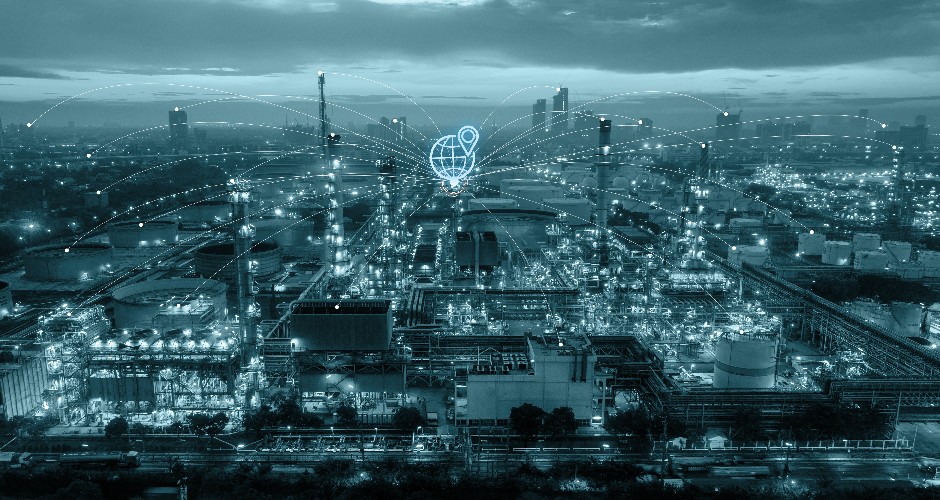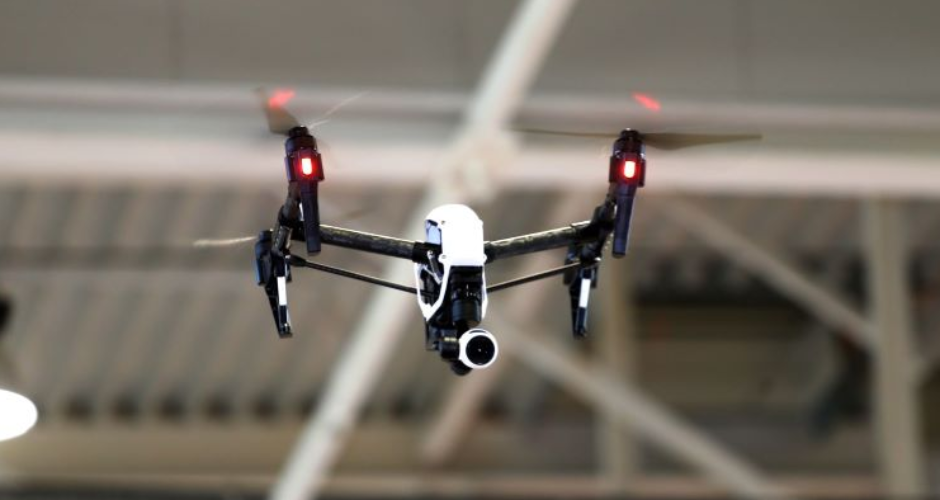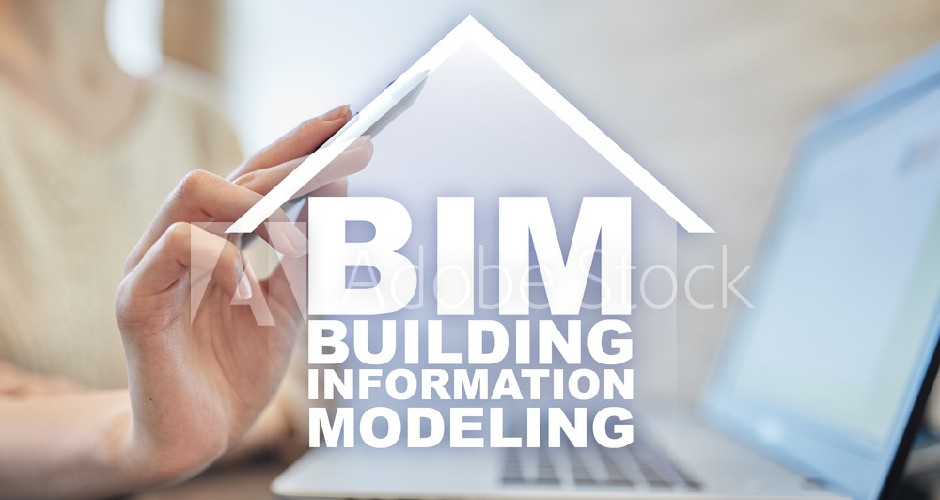Construction 4.0 hopes to correct bad habits.

Emerging tools that help modernize the sector are BIM, digital twins and industrialized building.
After various years of crisis, the construction sector is recuperating and returning to previous values. During this period of recession in which it was immersed, technology and digitalization didn’t stop advancing firmly and surely. And now that the construction sector has recuperated, we ask ourselves: will it be up to the task of assuming the technological changes? And, can it erase the consequences of this delay or will they leave an indelible mark?
According to the words of Roberto Molinos, director of Programa Avanzado Buildtech of the IE University : "The level of digitalization in construction is very low compared to other industries. On a global level, I don’t think we are very far behind other countries, but the construction industry in itself occupies the lowest positions followed only by sectors such as fishing or agriculture”.
Being a sector with so many disciplines (from plumbing to real estate promotion) makes it difficult to talk about transformation on a whole. Home automation is perhaps the area where digitalization is more advanced and, on the contrary, building is the least.
One of the major incentives for the construction sector to carry out the digital transformation is society’s high demand and the need for environmental improvement.
The use of solutions such as digital twins or BIM hopes to be the best ally to modernize the sector. BIM is a methodology that allows the creation of digital designs for construction and monitoring, coordinating all the information included in an architecture project. The handicap is its elevated cost, but we have to think of the benefits that come after the construction, which are during the entire useful life of the building.
Another model that is gaining some prominence in the construction sector is that of industrialized houses, a source of mass production of houses which controls the entire process in order to assemble them at a later time. This system has several advantages: the decrease in waiting times, the improvement in the quality of the execution (thanks to engineering on the assembly line), cut-backs on environmental impact, professionalization of the processes and the improvement of work conditions.
Even so, industrial production will not substitute traditional construction but it will continue to move forward and implement itself as a real alternative.
The introduction of virtual reality to help the design and facilitate the commercialization and visualization for the final buyer, are tools that are already being used in the sector. 3D printing for specific components, the use of drones to inspect construction or alternative generators that respect the environment are also beginning to be seen throughout the sector.



